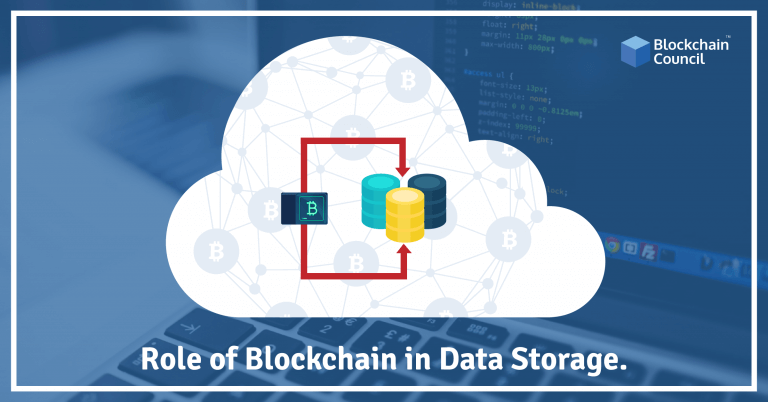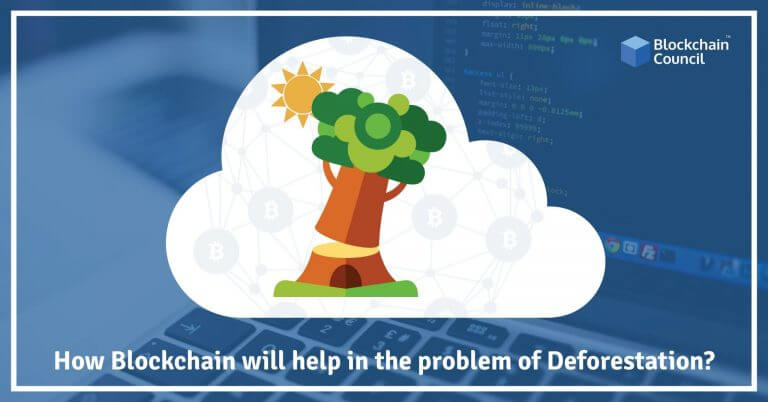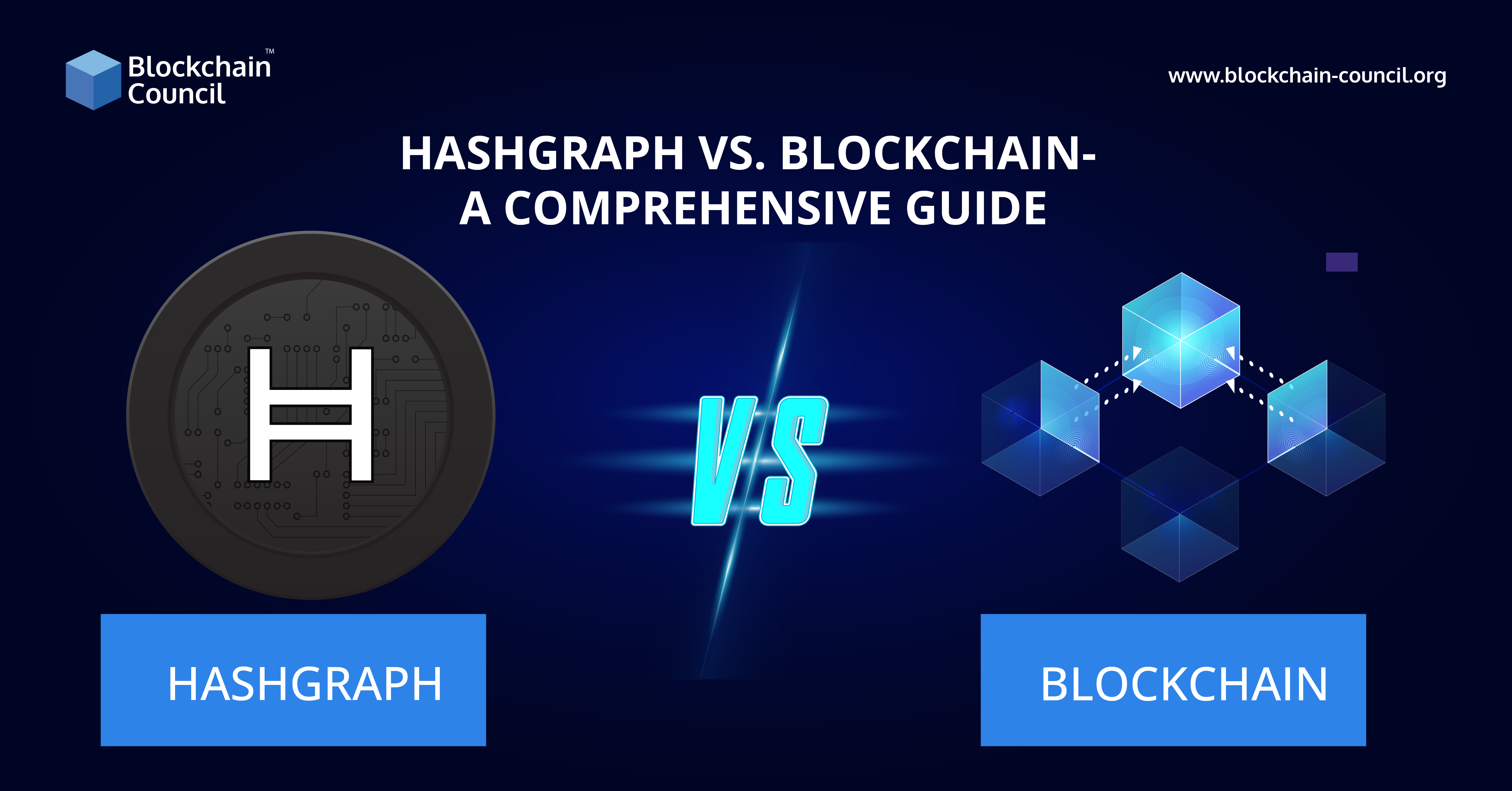
- Toshendra Kumar Sharma
- June 07, 2019
Introduction
Blockchain technology has recently been hyped greatly due to the blossoming success of cryptocurrencies such as Bitcoin and Ethereum. Blockchain is a ledger of information which never existed before. With the blockchain technology disrupting almost every sector, the data storage industry is certainly not being left behind.
Numerous business verticals such as healthcare, finance, manufacturing, transportation, food, insurance, education, and retail are utilizing blockchain technology. Undoubtedly, a few years down the line, the cloud computing industry will be disrupted by blockchain as clients, business leaders, and blockchain companies have the potential to benefit from such an industry-wide change.
What Is Blockchain?
A blockchain is a decentralized ledger which allows for transactions between parties to happen in a secure, efficient, verifiable, and transparent manner. It comprises of a series of blocks which are linked to each other and tampering with one block will cause the blockchain to become invalid.
Traditional Cloud Storage
The simplest way to store data and files online is by using cloud storage. Due to increased demand and usage, these centralized systems have become major targets for data breaches and hacks. In a centralized system, data becomes vulnerable and prone to tampering. The security provided by encryption is reduced, as the keys are stored with the cloud service provider. Another issue is that the data is not usually encrypted during transmission. This allows for data to be intercepted at the time of transmission from the user’s computer to the cloud.
The Current Problem With Data Storage
Data is considered one of the most useful assets in the world. In today’s data-intensive world, the central problem which arises is what needs to be done with all the data that has been collected. After all, it is impossible to analyze data if you do not have a place to store it securely. The current problem with data storage is the use of the centralized system. These systems are highly susceptible to attacks. They expose the most sensitive data to hacks and breaches. There is now a growing trend of data breaches which affect the centralized systems. The traditional approaches for storing data have proved incapable of protecting us.
General Advantages Of A Decentralized Cloud
- Ensures more security and privacy.
- Decentralized cloud storage is difficult to attack.
- Cost reduction due to enhanced efficiency. Blockchain storage costs reduce the price of cloud computing between 50%-100%.
- File loss is prevented by way of redundancy in data. In case of any error, while transmitting data, extra copies are stored.
How Blockchain Technology Comes To The Rescue?
In decentralized data storage, an attack or an outrage will not have a devastating effect because the other nodes in other locations will continue functioning. Data is distributed across a network over the world. This cloud is shared and hence, this makes it impossible to tamper. It is encrypted in a manner in which only the owner can view the file. This makes records safe and decentralized. It allows the community to share the storage systems without letting anyone compromise other people’s sensitive data. Thus, blockchain and data are the two things that the world needs to address when it comes to data storage issues.
A blockchain-based storage solution is implemented by using two exciting technologies such as sharding and swarming. Let us now see how this works.
We first break the data into small chunks. These chunks are then encrypted and uploaded onto the blockchain. They have distributed in such a manner that these chunks are available even when a part of the network is down. This is referred to as redundancy. An adequate level of redundancy is ensured in the system.
The first step involved here is file sharing. The file is divided into small pieces. Shards enable quicker file transfer as they can be sent and recalled parallelly. Sharding needs a small percentage of nodes to process every transaction. The entities do not have the entire file. Only the uploader knows the location of all the shards. All the shards for a file are located using a cryptographic hash table. The uploader solely owns the private key. The private key is needed for discovering all the shards. The individual shards are also encrypted. The network nodes cannot read chunks of data. Swarming refers to the technology used to keep a group of shards together. A blockchain employs a network of nodes whereas decentralized storage employs a collective group of nodes which are known as swarms, for keeping data.
The swarming technique lowers latency and increases performance as data is retrieved in parallel from nearest and convenient nodes. A swarm consists of numerous geographically distributed nodes and hence, accessing them through a decentralized network, leads to increased reliability and scalability. A single company does not own the swarms for storing data.
Conclusion
The blockchain technology, thanks to its capabilities, has the potential to revamp the entire data storage industry. We will soon bid goodbye to the centralized oligopolies which have failed in enabling us to make the most of our data. According to PR Newswire, the popular distributor of press releases, the data storage market is expected to grow to $88.91 billion by the year 2022. Having said that, blockchain will be critical to the success of the decentralized storage industry as it is now turning into a hot space because of the growing demand, thanks to the scalability, efficiency, enhanced security, and affordability blockchain provide in today’s increasingly data-thirsty and data-heavy world.





































































 Guides
Guides News
News Blockchain
Blockchain Cryptocurrency
& Digital Assets
Cryptocurrency
& Digital Assets Web3
Web3 Metaverse & NFTs
Metaverse & NFTs
